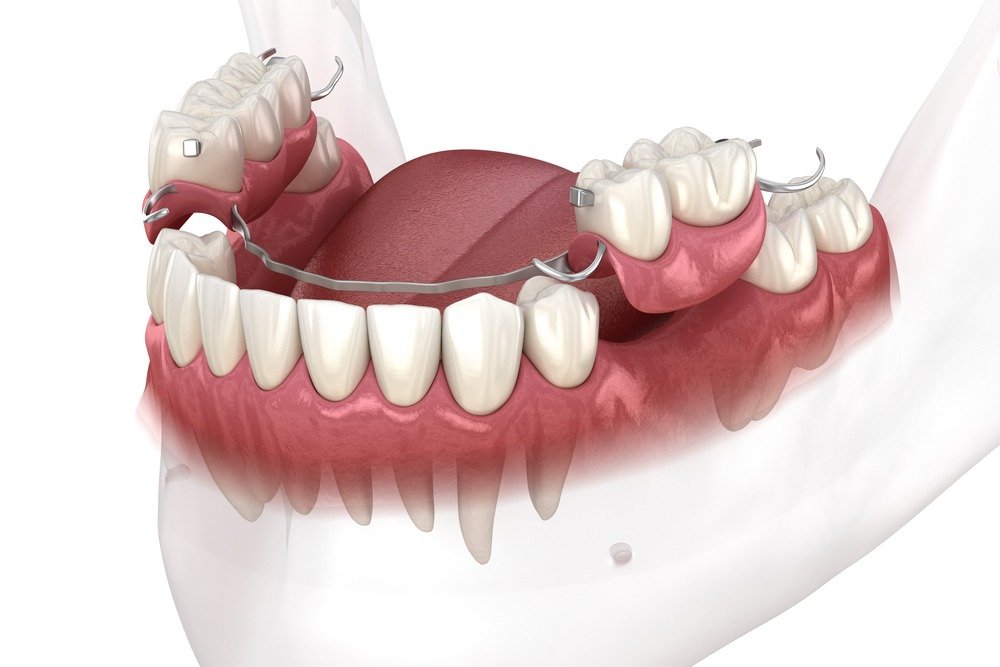
Understanding How Partial Dentures Stay In Place: Expert Guide
Partial dentures stay in place using a combination of natural suction, clasps, and precision fit. Natural suction between the denture and gums acts as an anchor, while clasps attach to nearby teeth for stability. The precise design ensures a snug fit, preventing slippage. Understanding how do partial dentures stay in place is crucial for proper maintenance and comfort.
How Do Partial Dentures Stay in Place?
Welcome to our detailed guide on how partial dentures stay in place. If you’ve ever wondered about the magic behind these dental devices, you’re in the right place. In this article, we will explore the fascinating world of partial dentures, uncovering the secrets of how they stay securely in your mouth. So, let’s dive in!
The Basics of Partial Dentures
Before we delve into how partial dentures stay in place, let’s understand what they are. Partial dentures are removable dental appliances designed to replace one or more missing teeth. They are custom-made to fit your mouth and blend seamlessly with your natural teeth, restoring your smile and improving your oral function.
The Importance of a Proper Fit
One of the key factors that determine how partial dentures stay in place is the fit. A proper fit is crucial for the comfort and functionality of your dentures. When you first get your partial dentures, your dentist will take precise measurements and impressions of your mouth to ensure they fit snugly and securely.
Ensuring a proper fit not only enhances the stability of your dentures but also prevents issues like slipping or discomfort. Your dentist may make adjustments to the dentures as needed to achieve the perfect fit for your unique mouth shape.
Clasps and Attachments
Partial dentures typically rely on clasps and attachments to stay in place. These are custom-designed components that help secure the dentures to your natural teeth, providing stability and support. Clasps are small metal pieces that grip onto your remaining teeth, keeping the dentures securely in place.
Attachments, on the other hand, are precision devices that connect the dentures to your natural teeth or dental implants. They come in various shapes and sizes, depending on the specific design of your partial dentures. These clasps and attachments play a vital role in anchoring the dentures in your mouth.
The Role of Adhesives
In some cases, denture adhesives may be used to enhance the retention of partial dentures. These adhesive products come in the form of creams, powders, or strips and are applied to the inner surface of the dentures before placement in the mouth. The adhesive creates a thin layer between the denture and the gums, improving stability and reducing movement.
While adhesives can be helpful in certain situations, they are not always necessary for everyone. Your dentist will advise you on whether using adhesives would benefit your specific case. It’s essential to follow the instructions provided by your dentist and the adhesive manufacturer for safe and effective use.
Maintaining Oral Health
Another crucial aspect of how partial dentures stay in place is maintaining good oral hygiene. Proper care of your mouth and dentures is essential for ensuring their longevity and preventing issues like gum irritation or infection. Regular brushing and cleaning of your dentures, as well as routine dental check-ups, are vital for keeping everything in good shape.
By taking care of your oral health and following your dentist’s recommendations, you can help ensure that your partial dentures stay securely in place and continue to provide you with a beautiful smile and functional bite.
So, there you have it – the secrets of how partial dentures stay in place. From the importance of a proper fit to the role of clasps, attachments, and adhesives, there are various factors at play to keep your dentures secure and comfortable. By understanding these mechanisms and taking good care of your oral health, you can enjoy the benefits of partial dentures with confidence.
If you have any questions or would like to learn more about partial dentures, don’t hesitate to reach out to your dentist. They are your best resource for personalized advice and guidance on maintaining a healthy and happy smile. Thank you for reading, and we hope this article has been informative and helpful!
PARTIAL DENTURE: Everything you need to know about them
Frequently Asked Questions
How do partial dentures securely attach to the mouth?
Partial dentures typically stay in place through various methods. Most commonly, they are held in position by clasps that grip onto natural teeth adjacent to the gap. These clasps provide stability and prevent the dentures from moving while speaking or eating. Additionally, the natural suction between the denture and the gums aids in keeping them securely in place.
Can adhesive be used to help partial dentures stay in place?
Yes, denture adhesives can be used to enhance the stability of partial dentures. Adhesives provide an extra layer of security by creating a bond between the denture and the gums. However, it’s essential to follow the manufacturer’s instructions when using adhesives to avoid using excessive amounts that may affect the fit of the dentures.
Do partial dentures need adjustments to stay properly fitted?
Over time, the shape of the mouth can change, affecting the fit of partial dentures. It is advisable to visit a dentist regularly for adjustments to ensure that the dentures stay properly fitted. Dentists can make necessary modifications to the dentures to maintain their stability and comfort in the mouth.
Final Thoughts
Partial dentures stay in place using a combination of factors, including clasps, precision attachments, and natural suction. These mechanisms help the dentures securely grip onto neighboring teeth or gums, ensuring stability during talking and eating. Regular adjustments by a dentist aid in maintaining a comfortable fit over time. Understanding how partial dentures stay in place is crucial for ensuring proper functionality and enhancing oral health.


